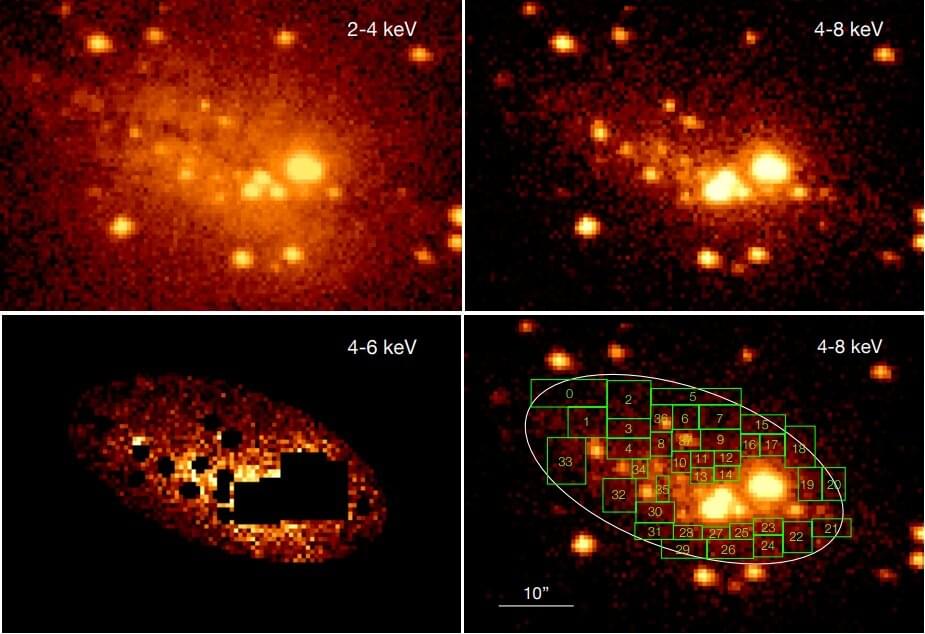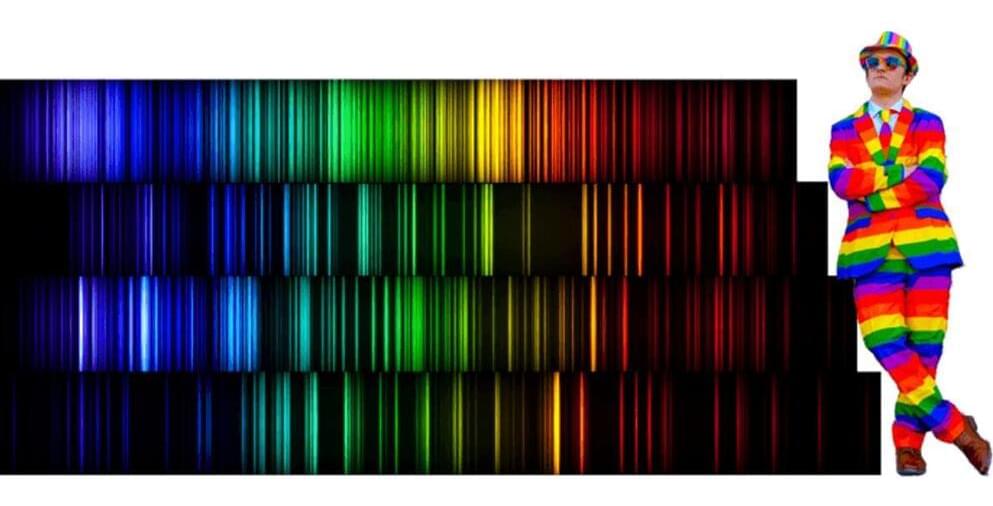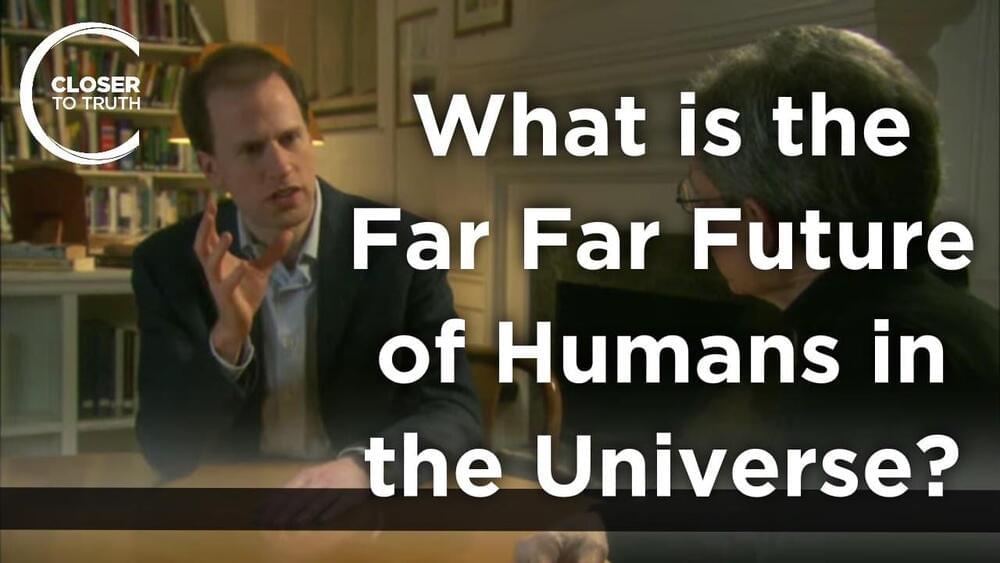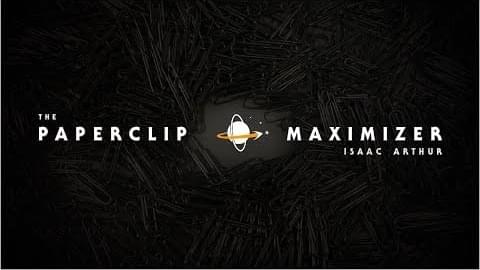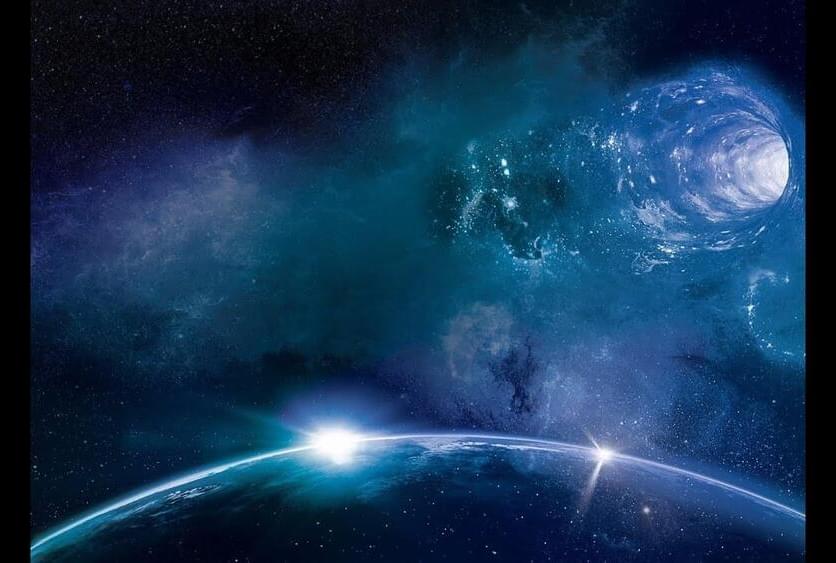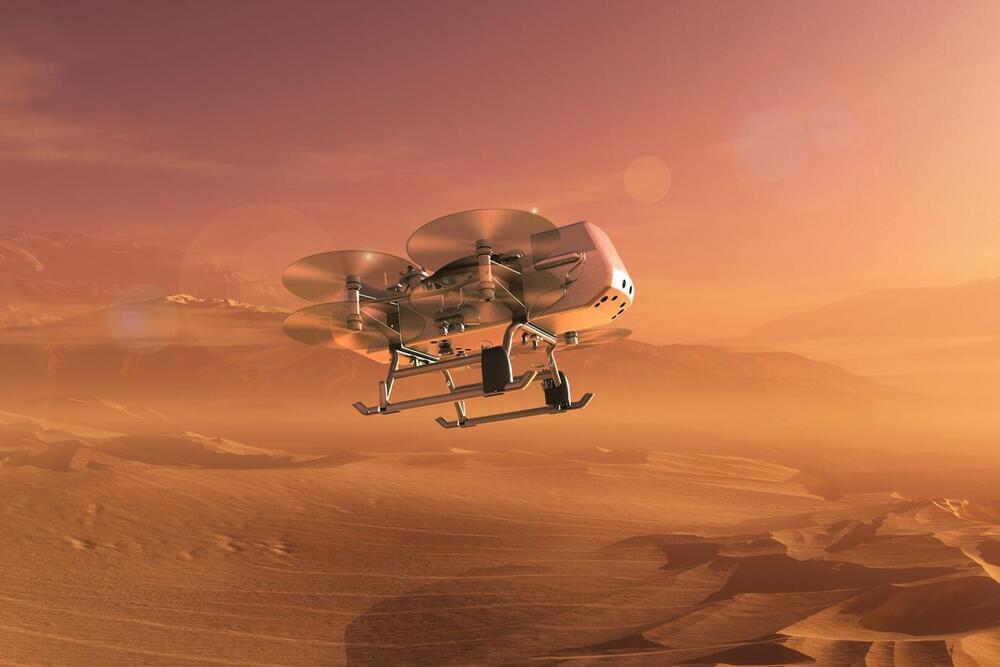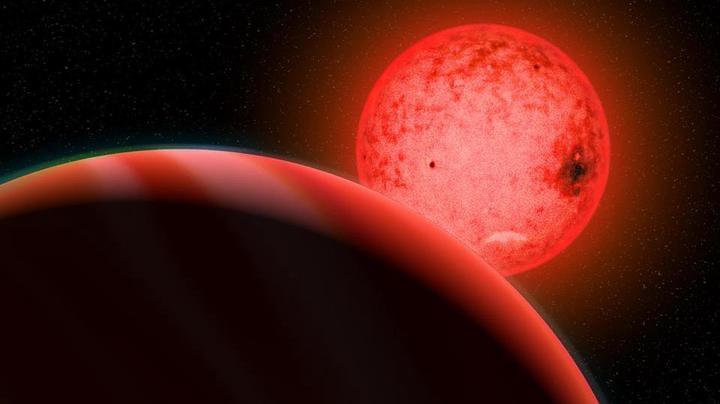Mar 29, 2023
A robust quantum memory that stores information in a trapped-ion quantum network
Posted by Dan Breeden in categories: computing, particle physics, quantum physics, space
Researchers at University of Oxford have recently created a quantum memory within a trapped-ion quantum network node. Their unique memory design, introduced in a paper in Physical Review Letters, has been found to be extremely robust, meaning that it could store information for long periods of time despite ongoing network activity.
“We are building a network of quantum computers, which use trapped ions to store and process quantum information,” Peter Drmota, one of the researchers who carried out the study, told Phys.org. “To connect quantum processing devices, we use single photons emitted from a single atomic ion and utilize quantum entanglement between this ion and the photons.”
Trapped ions, charged atomic particles that are confined in space using electromagnetic fields, are a commonly used platform for realizing quantum computations. Photons (i.e., the particles of light), on the other hand, are generally used to transmit quantum information between distant nodes. Drmota and his colleagues have been exploring the possibility of combining trapped ions with photons, to create more powerful quantum technologies.

